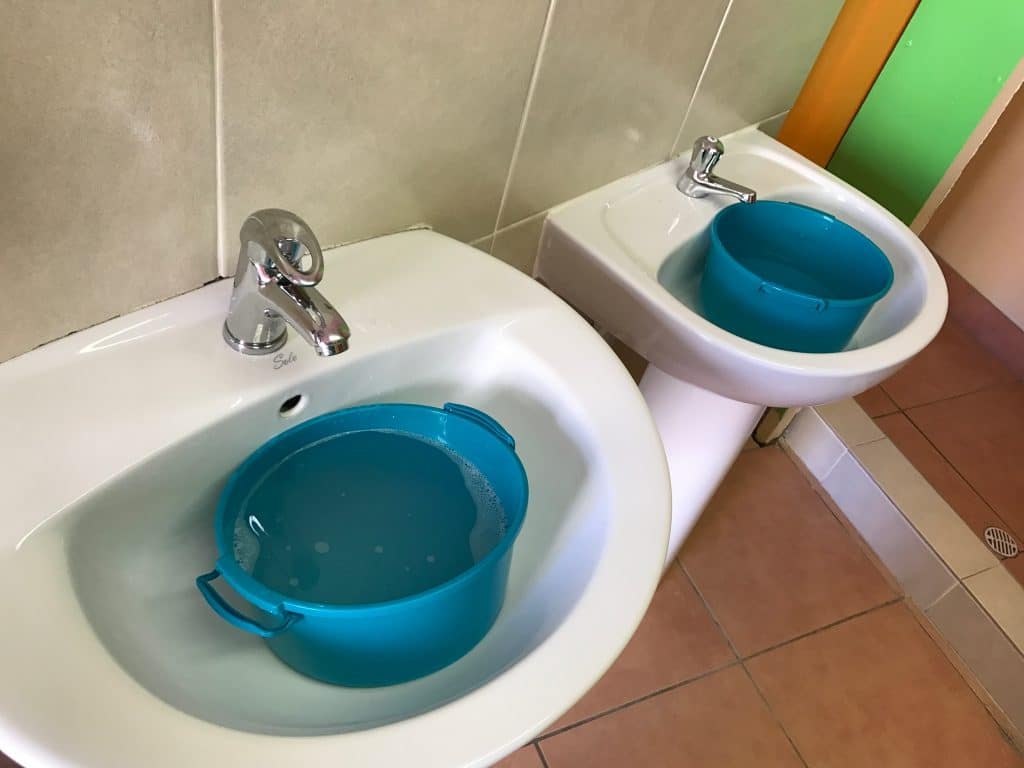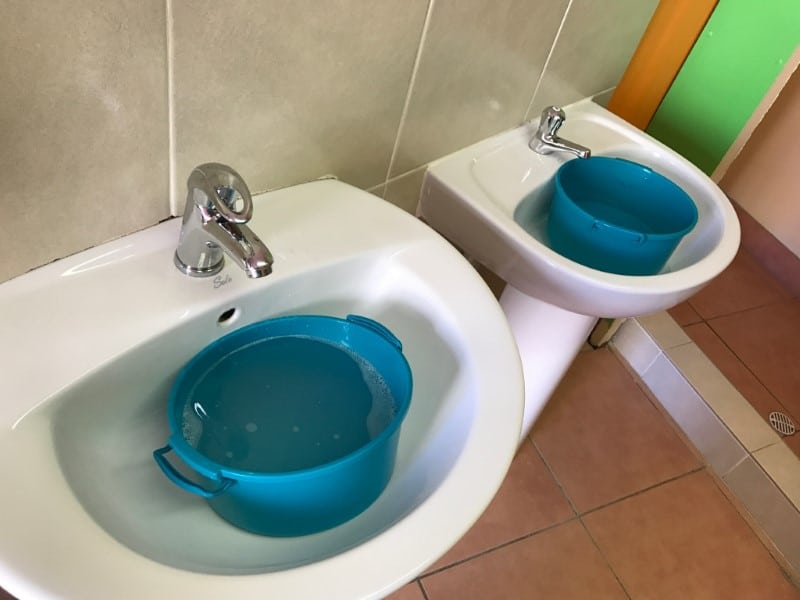
The raised mound or the sand mound system is a wastewater treatment system that is elevated or above the ground. It is necessary for properties whose soil filters too quickly or too slowly. It is raised because it needs t give way to the special filters that help treat the wastewater. The raised mound system also has a tank that has to be specific to the number of people in need of facilities. It also has a soil absorption field that helps treat and purify the effluent before it is released into the surrounding environment. For most people, having a raised mound on the property can be an eyesore especially if there are no landscaping elements to conceal it. You should talk to your landscape architect to deal with the aesthetics of your yard. The raised mound would surely make an interesting element to the design.
Caring for the raised mound system can be challenging to some homeowners. It is elevated, which is why it is more exposed to the elements such as cold weather. The system requires heat to maintain the rate of metabolism needed by bacteria. To accomplish this, you have to make sure that a special construction fabric lines it before a thin topsoil and grass are placed on top of it. You should regularly check the fabric especially before winter comes. Any damage or perforation in the fabric could cause the snow and ice to enter the raised mound system. If this happens, the system will freeze over and you will have a terrible winter. Another consideration is the hardwood plants that you have surrounding the system. They should be relocated because their complex root systems are invasive. The roots could damage the raised mound and cause wastewater flooding and backups.
You should also consider conserving water to help you maintain raised mound systems. It is important that you prevent too much water to flow into your raised mound system to prevent that sudden water pressure. This pressure stirs up the sludge at the bottom of the tank. The solid waste particles then flow into the filters and into the soil absorption system, clogging everything. If left uncorrected, this will lead to raised mound failure. You can save water by not having tub baths every day, by not using the dishwasher and washing machine at the same time, and by not letting the hose run unmanned continuously in your yard. Who says raised mound systems are too complicated to maintain, anyway? These small steps could lead to a better functioning raised mound system. With it, you won’t have to experience septic nightmares at all.
